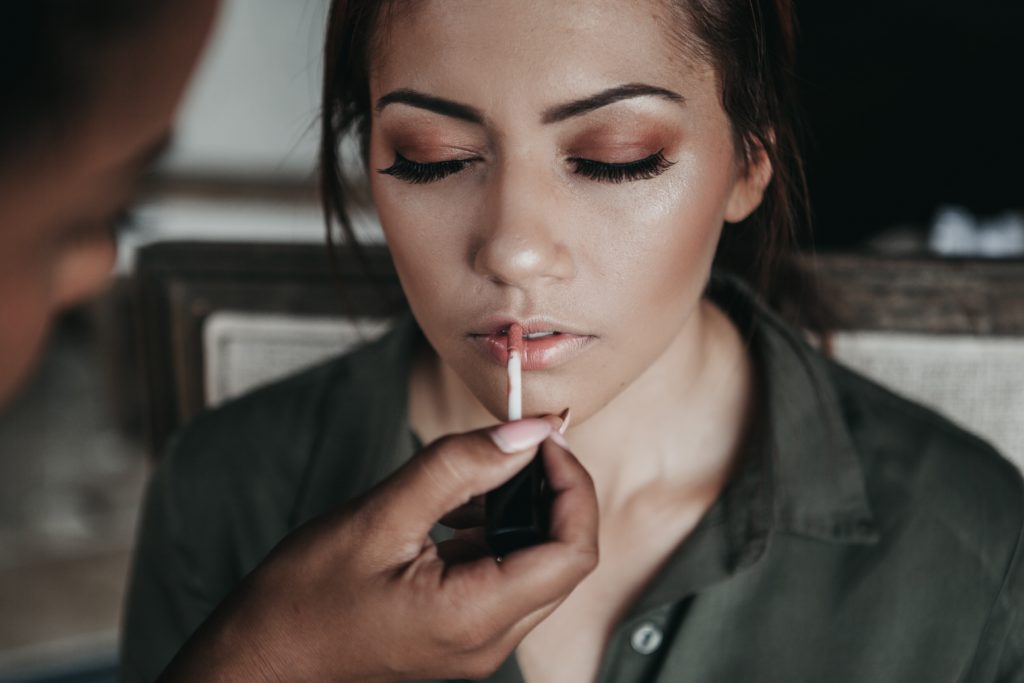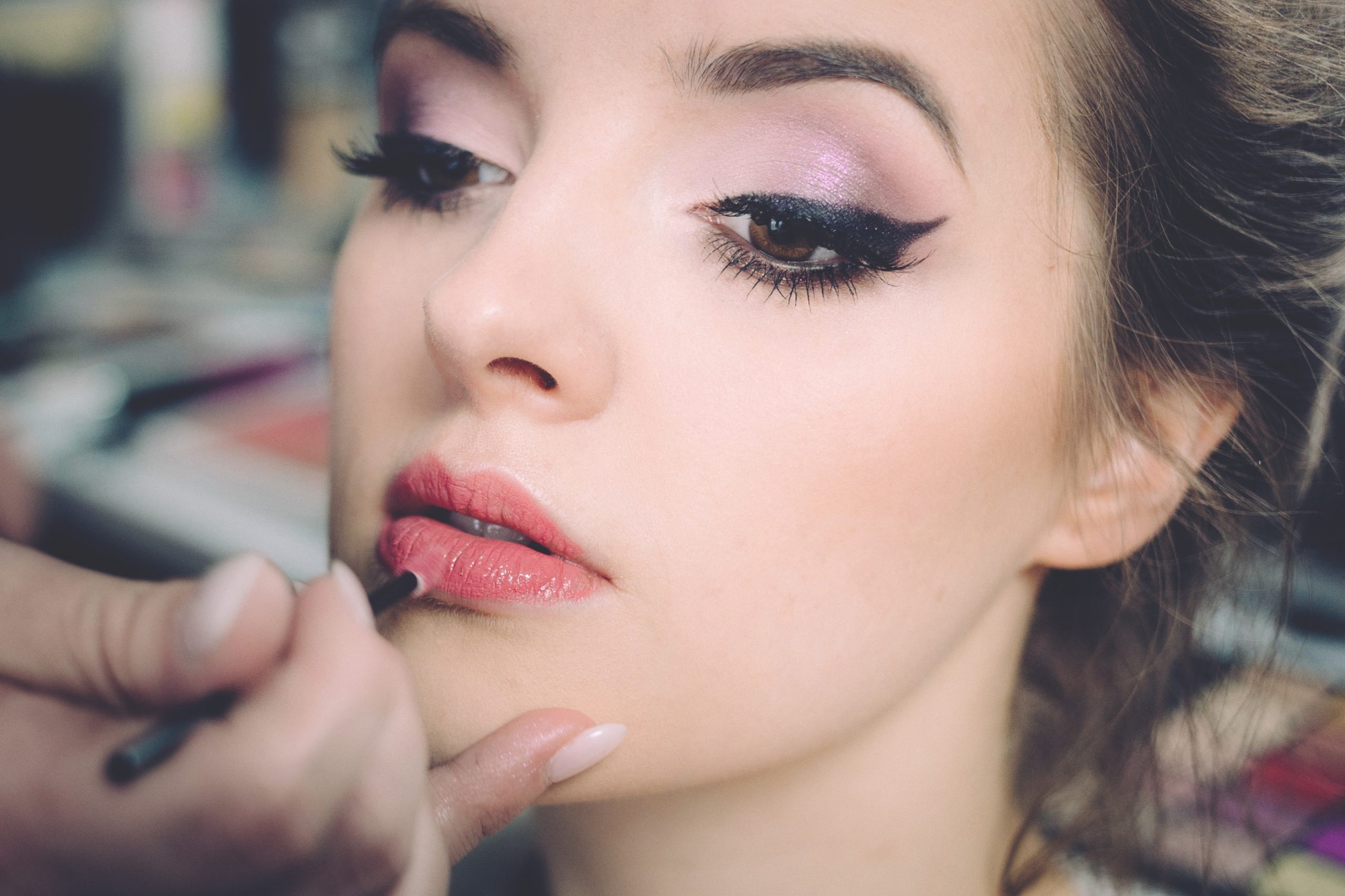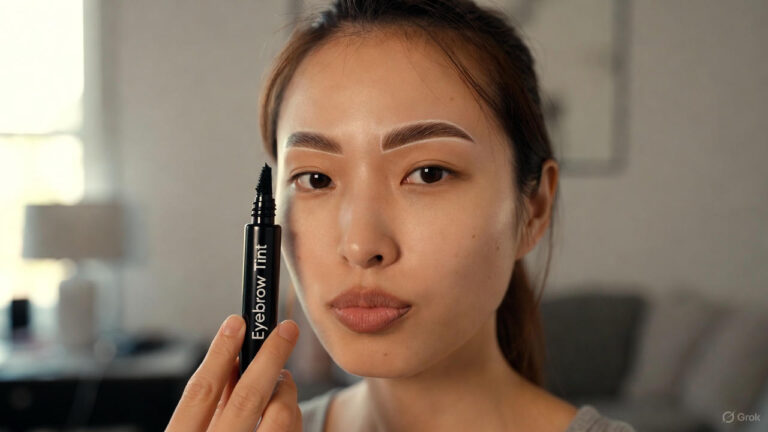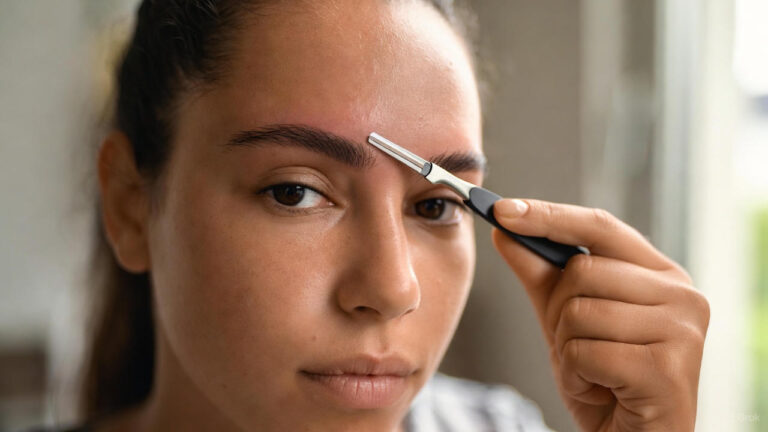In today’s digital era, online communication has become essential to our daily lives. With the pandemic, video conferencing has become the new norm for work meetings, classes, and social gatherings. However, while it’s convenient to communicate with others from the comfort of our homes, it also means that we need to pay extra attention to our appearance, especially regarding Zoom meetings.
The term “Zoom Makeup” has become increasingly popular in recent times, and it refers to the makeup you wear for online meetings, specifically on video conferencing platforms like Zoom.
Unlike traditional makeup, which is usually applied for in-person interactions, zoom makeup focuses on enhancing your appearance on camera. The right zoom makeup can help you look more polished, confident, and professional, and it can make all the difference in how others perceive you during virtual meetings.
However, applying makeup for video conferencing can be tricky, especially if you’re not used to it. Factors to consider include lighting, camera angles, and the type of makeup products you use.
In this guide, we’ll provide tips and tricks to help you achieve flawless zoom makeup and make your face look good on camera.
Preparation for Zoom Makeup
When it comes to Zoom makeup, preparation is key. Taking the time to properly prepare your skin, lighting, background, clothing, and accessories and choosing the right makeup products can make all the difference in how you appear on camera.
- Skincare routine: A solid skincare routine is important before applying any makeup. This includes cleansing, toning, and moisturizing your face to create a smooth and hydrated canvas for your makeup. It is also important to exfoliate regularly to prevent any flakiness or dryness on the skin.
- Lighting and background: Proper lighting and background can significantly impact your appearance on camera. It is best to have soft, natural lighting in front of your face to avoid harsh shadows. Also, choosing a plain or minimalistic background can help draw attention to your face and prevent distractions.
- Clothing and accessories: When choosing your clothing, it is important to consider how they will appear on camera. Avoid busy patterns or overly bright colors, as they can be distracting. Stick to solid, neutral colors that complement your skin tone. Additionally, consider wearing accessories that enhance your overall look, but avoid anything too flashy or distracting.
- Choosing the right makeup products: When it comes to Zoom makeup, less is often more. However, choosing the right makeup products is important to create a polished and put-together look. Opt for lightweight, long-lasting formulas that won’t melt or smear on camera. Choose colors complementing your skin tone, and avoid anything too bold or bright.
Tips for Zoom Makeup

When it comes to Zoom makeup, there are a few tips that can help you look your best on camera. Here are some key tips to keep in mind:
- Focus on the eyes: The eyes are the focal point of your face, and they can really make a difference on camera. Consider using eyeshadow to enhance your eyes, and use mascara or false lashes to make them look more open and defined. Consider using an eyebrow pencil to fill your eyebrows and frame your face.
- Apply foundation and concealer: A good foundation and concealer can help even your skin tone and hide any blemishes or imperfections. Use a light hand when applying foundation, and blend it well to avoid harsh lines. Use concealer to cover up any under-eye circles or blemishes.
- Contouring and highlighting: Contouring and highlighting can help define your features and give your face more dimension. Use a contour powder or cream to define your cheekbones, and use a highlighter to add a subtle glow to the high points of your face.
- Applying lip color: A pop of color on your lips can help brighten up your face and make you look more awake and alert. Choose a shade that complements your skin tone, and apply it with a lip brush for precision.
- Finishing touches: Finally, don’t forget to set your makeup with a setting spray or powder to help it last throughout your Zoom call. Consider using a powder or blotting paper to reduce any shine on your face.
Common Mistakes to Avoid
Overdoing the Makeup
One of the most common mistakes people make regarding Zoom makeup is overdoing it. While wearing heavy makeup to look flawless on camera is tempting, it can actually have the opposite effect.
Heavy makeup can look cakey and make your face appear flat and lifeless on camera. Instead, look natural and focus on enhancing your best features.
Ignoring the Importance of Lighting
Lighting is crucial when it comes to Zoom makeup. Without proper lighting, your makeup can look uneven or patchy, and your face can appear washed out.
It’s important to have a well-lit area to apply your makeup and use light bulbs that mimic natural daylight. Also, avoid having the light source behind you, as this can create unflattering shadows on your face.
Choosing the Wrong Colors
Choosing the wrong colors can also be a common mistake when it comes to Zoom makeup. Using the wrong shade of foundation can make your skin look ashy or orange on camera.
Similarly, using bold or bright colors on your eyes or lips can look overwhelming on camera. Instead, choose colors that complement your skin tone and make your features pop.
Forgetting to Blend
Blending is a critical step when it comes to Zoom makeup. Not blending your makeup properly can leave harsh lines and make your face appear patchy or uneven on camera.
Blend your foundation, concealer, and eyeshadow well to create a seamless finish. You can use a blending brush or your fingers to blend your makeup, but take your time and blend thoroughly.
Conclusion
In the era of virtual meetings and online interactions, Zoom makeup has become an essential skill to master. With a few simple tips and tricks, you can elevate your appearance on camera and feel confident during your Zoom calls.
Remember to focus on your eyes, choose the right products, and avoid common mistakes like overdoing your makeup or ignoring the importance of lighting. Following these guidelines, you can present your best self on camera and make a lasting impression.
Frequently Asked Questions (FAQs) on Zoom Makeup
1. What is Zoom Makeup?
Zoom Makeup refers to the makeup techniques used to enhance one’s appearance on video conferencing platforms such as Zoom, Skype, and Google Meet. Since video calls often have a lower resolution and can wash out skin tones, Zoom Makeup involves applying makeup to make one look better on camera.
2. What products are essential for Zoom Makeup?
Essential products for Zoom Makeup include foundation or tinted moisturizer, concealer, setting powder, blush, eyeshadow, mascara, and lip color. Other products such as highlighter, contour, and eyebrow products can also be used depending on the person’s preference and the nature of the video call.
3. What are some tips for Zoom Makeup?
Some tips for Zoom Makeup include focusing on the eyes, using a light hand when applying makeup, choosing makeup colors that suit the skin tone and environment, blending the makeup well, and ensuring good lighting and background.
4. Can I use my regular makeup for Zoom calls?
Yes, you can use your regular makeup for Zoom calls, but you may need to adjust your application techniques and colors. For example, you may need to use less product and avoid heavy contouring or glittery eyeshadow that can be distracting on camera.
5. Do I need to wear makeup for Zoom calls?
Wearing makeup for Zoom calls is a personal choice. Some people prefer to wear makeup to enhance their appearance and boost their confidence, while others feel comfortable without makeup. The key is choosing makeup that makes you feel good and confident on camera.
6. How can I avoid looking too made up on Zoom calls?
To avoid looking too made up on Zoom calls, use a light hand when applying makeup, choose natural-looking colors that enhance your features, and blend the makeup well. Additionally, ensure good lighting and background to avoid harsh shadows or reflections that can make the makeup look too heavy.



